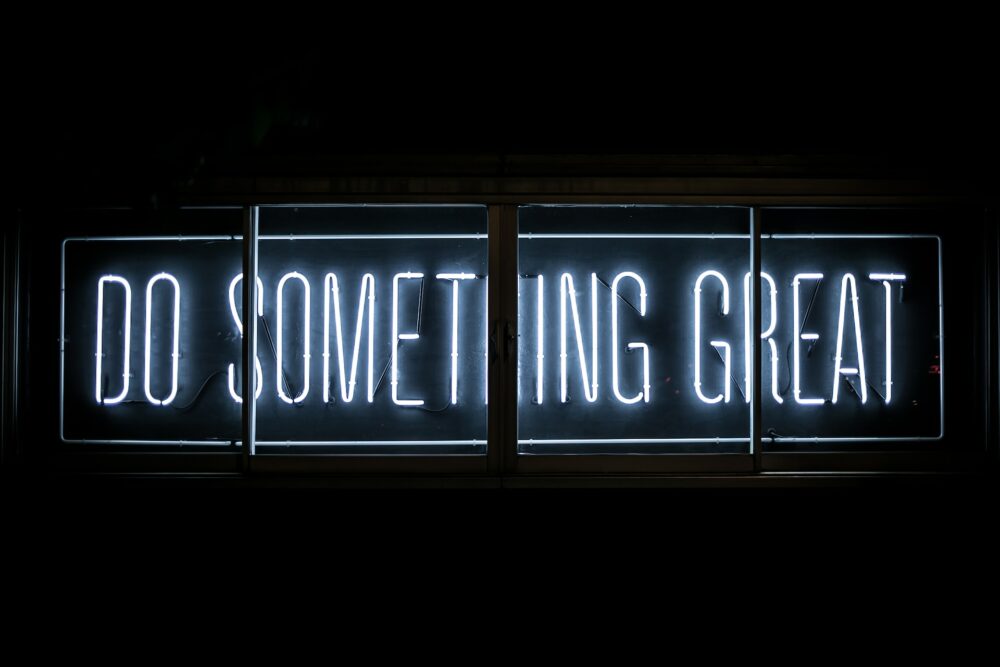My journey has shown me that successful product design is a delicate blend of science and art, demanding not just skill but also empathy, creativity, and an unwavering commitment to innovation.
In this article, we will explore key aspects such as understanding market needs, embracing innovation, enhancing user experience, and the significance of teamwork in product design. Let’s delve into these essential elements together.
My Journey in the Digital Landscape

A Grounding Start in Startups
My journey in the digital product scene began humbly at Nana Bianca, one of the most prominents Italian startup accelerators. There, I had a chance to support the product design process of numerous startups including Pop.it, an innovative startup that later became the first Italian hosting provider to implement a mobile-first management interface. Thanks to the innovation we drove into the product, the business was acquired by Aruba, the biggest Italian hosting provider.
This early experience provided me with a foundational understanding of the innovative startup ecosystem and the importance of building user-centric digital products.
Embracing the Startup Challenge
At 25, after few years working in numerous digital projects and an always growing passion in designing and building digital products, I ventured into the startup world by building my own startup.
I personally consider this 3-year phase as an intensive learning and hands-on experiences where I was navigating the complexities of building a business and a product from the ground up. But it wasn’t just about hard work; it was also a period of profound personal and professional growth, deeply influencing my present approach to product design.
The Essence of My Expertise: A Thoughtful Product Design
Throughout my career, which at this point spans over 50 digital projects of every sort across multiple industries, I’ve learned many lessons, but the most crucial has been the centrality of the product. This is not merely about the technical aspects; it’s about understanding and crafting a product that truly resonates with users.
My Perspective on Building Product Success
Before you continue with your reading, I want to be completely honest with you; My career path may not mirror that of a long-standing veteran at a large tech company, but it’s growing fast and it’s rich with varied and meaningful experiences.
Each project and each challenge has taught me something extremely precious about what it takes to build a successful product and I’m eager to share these insights, hoping they can inspire and guide you and others in the journey of building a successful digital product.
The Secret for Building a Successful Product

Understanding the Market’s Needs
A fundamental aspect of successful product design is a deep and nuanced understanding of your customer’s needs. To achieve this:
1. Engage directly with users through surveys and interviews to gain firsthand insights.
2. Analyse broader market trends, identifying gaps and opportunities.
3. Develop detailed user personas to represent your diverse customer base.
Emphasising Empathy
Empathy is a powerful tool in design. It involves:
• Understanding the emotional and practical needs of users.
• Designing products that not only solve problems but also delight users.
Innovation and Creativity

Pushing Boundaries
Innovation is the heartbeat of standout product design. Key strategies include:
1. Exploring cutting-edge technologies and materials.
2. Adopting and adapting unconventional design methodologies.
3. Fostering a workplace culture that values creativity and encourages risk-taking.
Balancing Innovation with Practicality
Innovation must be tempered with practical considerations, such as:
• Market readiness for new concepts.
• Balancing cutting-edge ideas with proven design principles.
Focusing on User Experience (UX)

Simplicity and Intuitiveness
A seamless user experience is central to product success. This can be achieved by:
1. Designing interfaces that are straightforward and intuitive.
2. Eliminating or simplifying complex features.
3. Ensuring the product is accessible and usable by a wide range of users.
Continuous Improvement
Product design is an iterative process. It involves:
1. Regularly incorporating user feedback into product updates.
2. Staying attuned to changing needs and preferences in your market.
Collaborative Teamwork

Cross-Disciplinary Collaboration
Successful product design requires a team effort. It’s important to:
• Foster collaboration between diverse teams such as design, engineering, and marketing.
• Leverage different perspectives to enrich the design process.
Effective Communication

Effective communication is vital for:
• Aligning team members on shared goals and visions.
• Facilitating a productive exchange of ideas and constructive feedback.
Wrapping up
The secret for building a successful product lies in a well balanced of understanding the market, driving innovation, prioritising user experience, and fostering collaborative teamwork. As a leader in product design, our role is to guide teams in balancing these elements, creating a product that not only meets but exceeds user expectations.
Remember, successful products are those that are not only functionally robust but also emotionally resonant with the users.



